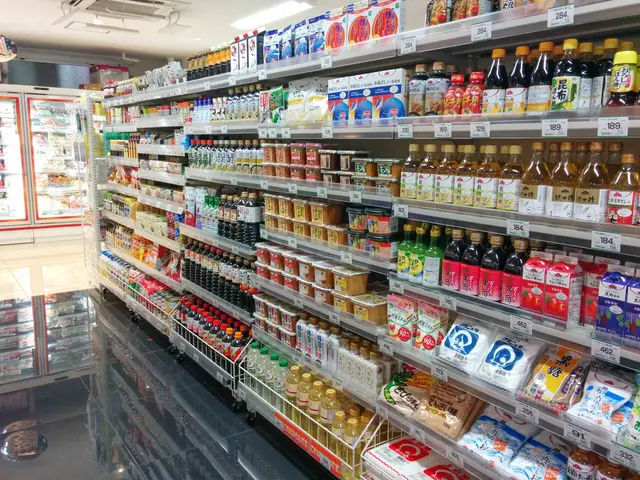U.S. Discusses Trade Agreements with 18 Nations Revealed by Wall Street Journal
The U.S. Trade Representative is gearing up for negotiations on the tariffs imposed on nations accused of unfair trade practices with the U.S. According to insider sources, a framework has been drafted, covering key categories such as tariffs and quotas, non-tariff trade barriers, digital trade, and economic security, just to name a few.
This plan is expected to serve as a guide for U.S. officials in outlining their demands for different countries, with negotiations scheduled to take place with six nations over the course of a week. Each nation will go through a three-week negotiation cycle, with the process concluding on July 8 when the tariff exemption expires.
The administration of U.S. President Donald Trump has recently reviewed 18 trade proposals from various countries, however, the specific countries involved have not been disclosed. Constantine Montoya, a WSJ informed source, indicates that Mexico, Canada, and China, given their existing trade conflicts, are not anticipated to participate.
On April 9, just hours following the imposition of the tariffs, Donald Trump temporarily suspended their implementation for 90 days. This suspension applies to over 75 countries that refrained from retaliatory measures, with a base rate of 10% set for these nations. By July 8, the suspension period will come to an end, and if no agreement is reached, some countries could face increased tariffs.
However, the suspension did not extend to China, which currently faces a 145% tariff. Donald Trump revealed on April 22 that Washington is considering the possibility of striking a deal with China. WSJ reports that sources suggest China's tariffs on U.S. goods may be reduced to around 50-65%. Depending on the product, tariffs on imports from China could be as low as 35%, while others potentially face a 100% tariff if deemed strategically important to U.S. interests.
Keep up with the latest trade news by following our Telegram channel @expert_mag. Tag us with #USA, #Negotiations, and #Tariffs.
Interested in more? Here's a quick snapshot:
The current tariff landscape is intricate, involving numerous countries and potential outcomes. Here's a brief summary:
- President Trump has been targeting unfair trade practices through reciprocal tariffs, with a broader tariff policy geared toward rectifying non-reciprocal trade practices [2].
- Several countries have faced increased tariffs, with China subject to a 125% tariff [3].
- China, India, the European Union (EU), and numerous other nations are involved in these negotiations, with estimated annual losses of up to $7 billion for India if reciprocal tariffs are imposed [5].
- The suspensions and potential outcomes vary per category, with electronics experiencing some exemptions, specific tariffs posing threats for agricultural and alcohol products, and general tariffs potentially leading to higher consumer prices and supply chain disruptions [3][4].
[1] https://www.nytimes.com/2021/04/08/business/europe-tariffs-usa.html[2] https://www.reuters.com/business/trade-investment/whats-latest-us-china-trade-war-2019-05-10/[3] https://www.wsj.com/articles/trump- Halting-new-china- tariffs-11586738149[4] https://www.bloomberg.com/news/articles/2019-09-30/winning-is-hard-for-trump-as-u-s- tariff-war-rages-into-second-year[5] https://indianexpress.com/article/business/india-us-trade-relations-tariffs-SAFTA-7384524/
- According to WSJ reports, China's tariffs on U.S. goods may be reduced to around 50-65%, depending on the product, if a deal is struck between the two nations.
- The tariff negotiations involving the U.S. Trade Representative are scheduled to take place with six nations over the course of a week, each going through a three-week negotiation cycle.
- The tariffs on imports from China could be as low as 35%, but for some strategically important products, the tariff could potentially reach 100%, according to WSJ sources.




